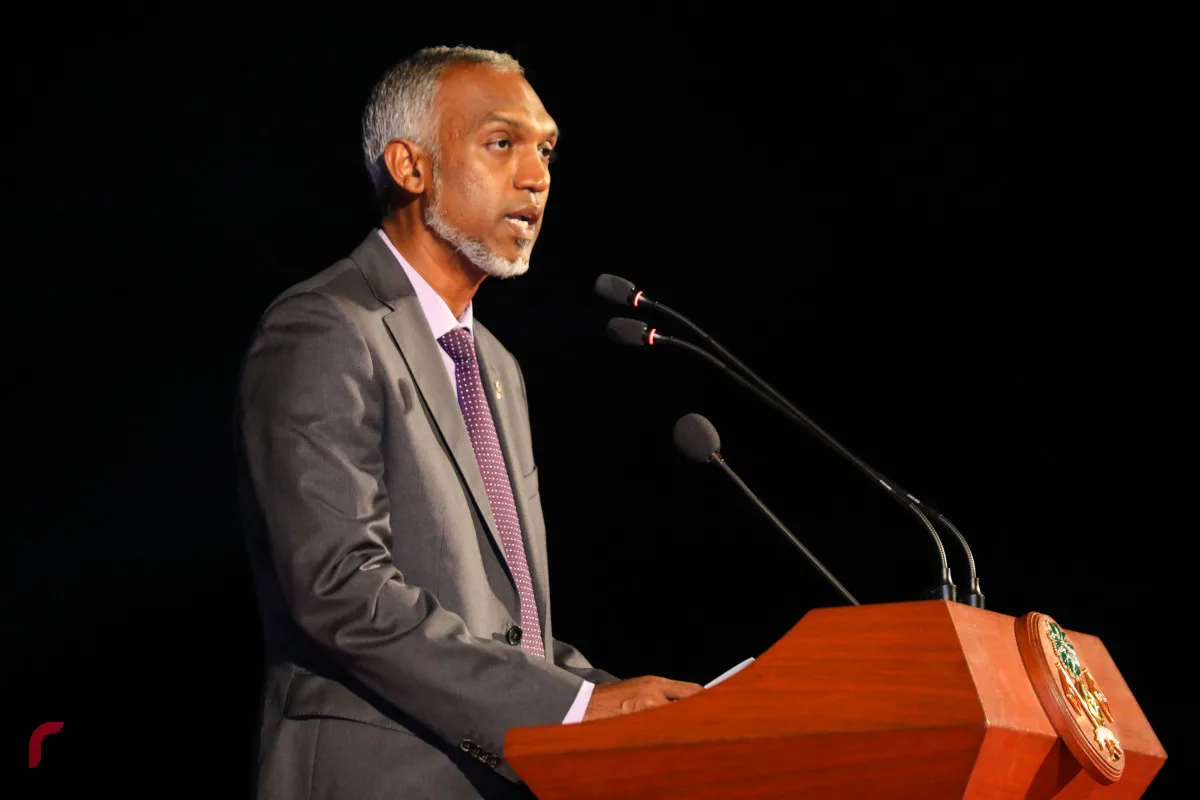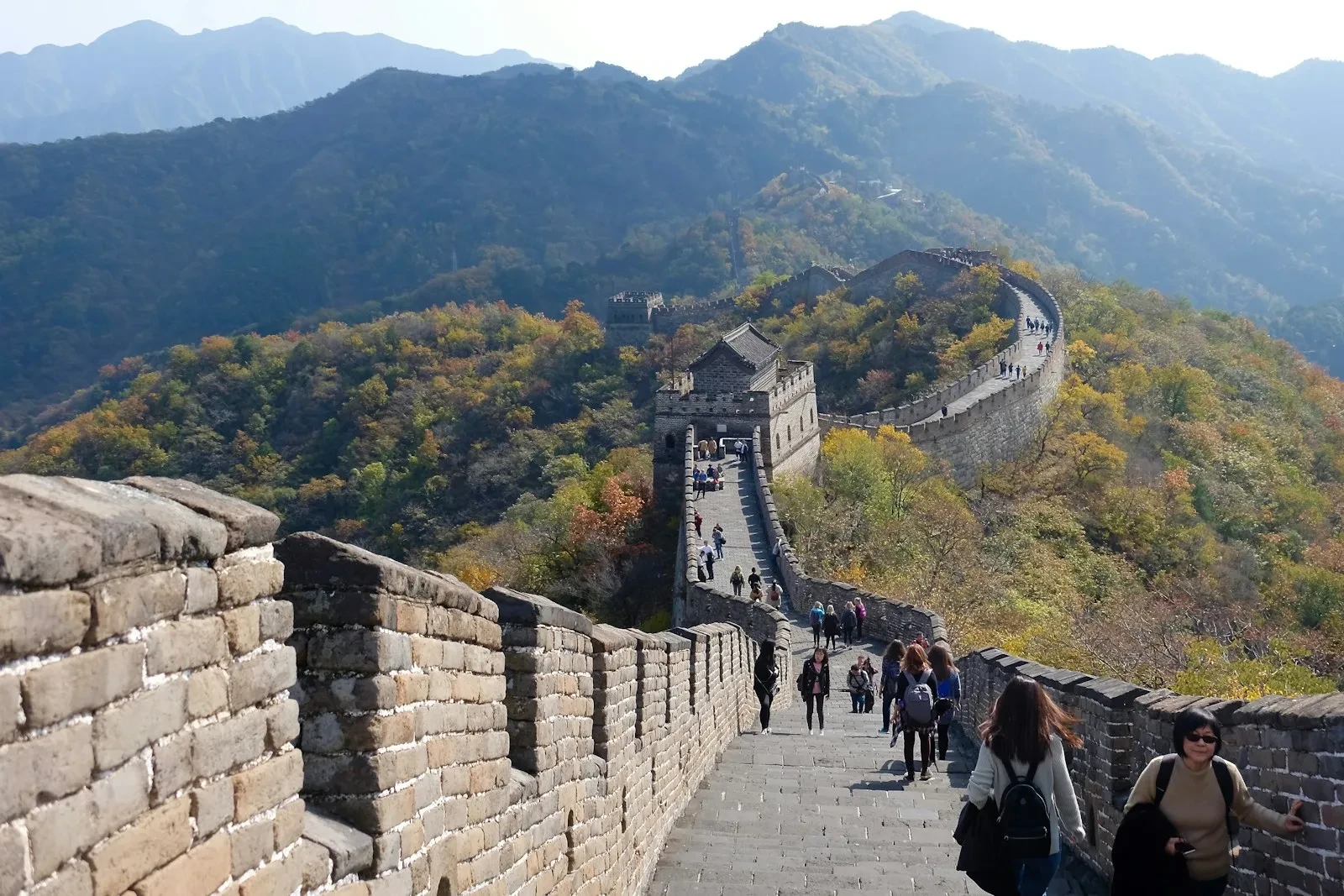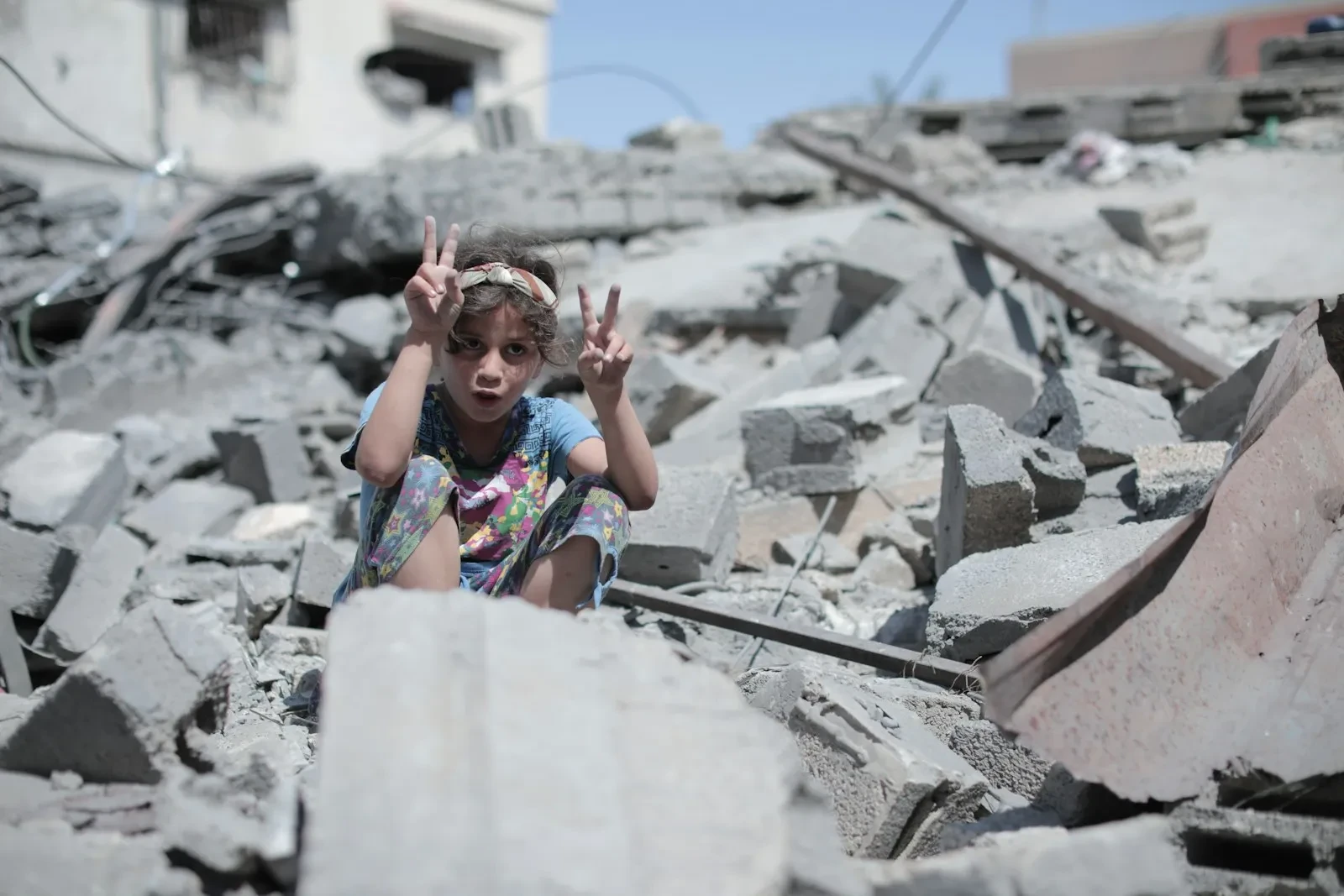Maldives, an archipelagic nation known for its enchanting tourist attractions, is currently embroiled in a dispute with India, its neighboring country and largest trading partner. What has led to the deterioration of relations between these two nations? What are the implications for tourism and geopolitics in the region?
The conflict between Maldives and India originated from a post on social media X, formerly Twitter, by Indian Prime Minister Narendra Modi in early January 2024. In his post, Modi showcased photos of himself strolling on the beach and diving in Lakshadweep, an Indian archipelago touted by his government as having untapped tourism potential.
This post seemed to be perceived as an attempt to attract tourists away from the Maldives, known for its white sandy beaches and luxurious resorts on its small islands. Some high-ranking officials in Maldives reacted by making derogatory comments about Modi and India.
Maldives President Mohamed Muizzu, known for his pro-China stance, took decisive action by suspending three of his deputy ministers involved in the case. He stated that these comments did not reflect his government’s policies.
However, Muizzu did not stop there. After returning from a state visit to China, India’s regional rival, he announced plans to free Maldives from dependency on India and seek alternative sources for education, healthcare, and essential imports for its people.
Currently, many Maldivians seek medical treatment in India and Sri Lanka through government-sponsored free healthcare programs. Additionally, a significant amount of staple food items are imported from India. Muizzu stated that Maldivians can now also go to hospitals in Thailand and the United Arab Emirates, and staples will be imported from Turkey. He also mentioned that medications would be directly imported from manufacturers in Europe and the United States.
Muizzu also challenged India’s dominance in the tourism sector, the primary source of income for the Maldives. India sent the highest number of tourists to the Maldives last year, accounting for 11% of the total. However, Muizzu claimed that China had sent more tourists before the pandemic, and steps would be taken to double that number.
Furthermore, Muizzu demanded that Indian military personnel stationed in the Maldives be withdrawn by no later than March 15, 2024. He proposed this during a meeting with officials from the Indian Embassy in the Maldives and other visiting Indian officials, stating that the small size of his country was not a license for anyone to bully the Maldives.
India strongly reacted to Muizzu’s decision, viewing it as a betrayal of the decades-long friendship and cooperation. India has provided economic, technical, and military assistance to Maldives in various fields, including infrastructure development, disaster management, and defense.
India also deployed military forces to the Maldives in 1988 to thwart a coup attempt supported by mercenaries from Sri Lanka. Additionally, India provided medical aid and COVID-19 vaccines to the Maldives during the pandemic.
India perceives Muizzu’s actions as influenced by China, which aims to increase its influence in the Maldives as part of the Belt and Road Initiative (BRI), focusing on building infrastructure and trade networks along ancient silk routes.
China has provided substantial loans and investments to finance development projects in the Maldives, such as airports, bridges, and resorts. However, concerns have been raised about the debt that Maldives may not be able to repay, potentially trapping it in China’s debt trap.
The Maldives also holds a strategic position in the Indian Ocean, a crucial shipping route between East and West. India considers this region within its sphere of interest and does not want China to threaten its security and stability.
The conflict between Maldives and India has the potential to escalate tensions and conflicts in the region, involving other nations such as the United States, Australia, Japan, and Indonesia. These countries have interests in maintaining peace and cooperation in the Indian Ocean, a vital resource for them in terms of natural resources, trade, and security.
What will be the fate of Maldives’ tourism amid this conflict? Will tourists shift to safer and friendlier destinations? What will be the impact on the economy and the well-being of the Maldivian people? How can this dispute be peacefully resolved, restoring good relations between the two countries? These questions remain open, awaiting answers in the future.












